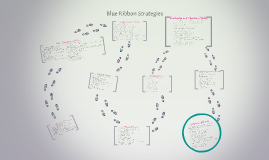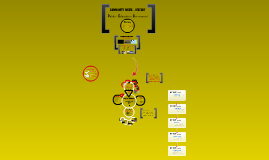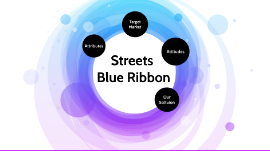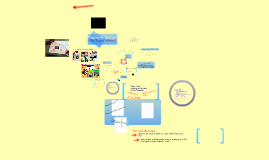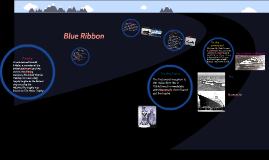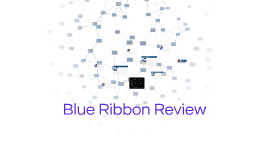Blue Ribbon 2011
Transcript: Who are we? What do we do? Getting Started Technology: A Possible Starting Point for You? Open Space Technology Designed to deal with real "business" issues Adult collaboration: learning and reflection are required. ILT 2010-2011: Using Feedback to Improve Student Work and Further Engage Students in their Learning ILT 2011-2012: Instructional Goal Learning Cohorts Julie: Influence on Individual Practice In the past four years, I have learned: To take risks with technology To take advantage of the experts around me To collaborate more with colleagues to improve student learning To give students more ownership over their learning To have more confidence in myself as an educator Strategic and Specific Measurable Attainable Realistic Time-bound Flipping the Classroom (by Taylor Pelletier) Comic Life Collaborative Projects meghan.lockwood@reading.k12.ma.us julie.merrill@reading.k12.ma.us douglas.lyons@reading.k12.ma.us Our relationships and our learning directly affect how we collaborate and create learning opportunities for students. When students understand that their work is not just for their teacher to grade, not just for their peers to see, when they understand it is a product that could become public and feedback could come from outside the classroom, they'll try harder, take more pride in their work, and be driven to do their best. Meghan: Effect on Team Culture Focal Student By the end of the third quarter, all students will demonstrate proficiency in informative/explanatory writing by meeting 3 out of the 6 grade level benchmarks outlined in the Massachusetts Curriculum Frameworks for ELA. Writing will be assessed through a standards-based rubric which will include the following components: a) Introduce a topic in a clear, organized way. b) Develop the topic with relevant facts, definitions, concrete details, quotations, or other information and examples. c) Use appropriate transitions. d) Use precise, subject-specific language. e) Establish and maintain a formal style. f) Include a concluding statement/section that logically follows the information presented. Effect on Team Culture What do you notice? 6th Grade Special Education and ELA Teachers Teaching Teachers Peer Feedback Two Teachers' Perspectives Senteo Moodle Relationships build Common experiences are shared Expertise is shared Literacy CFG (look at student and teacher work) Find a place to learn something. Follow "the Rule of Two Feet." Be willing to share what you are learning What occurs when teachers collaborate and learn with one another? ATLAS Protocol Change in tone of team meetings How does OST work? with the ILT at Parker Audience Greater than One Our contact information: Team Goal: Looking at Student Work Together Teachers Teaching Teachers Work from each class Research-based Text-based discussions Protocols, structures, and norms Data collection Assess results, determine next steps Recorders: collect feedback from staff Teachers held to expectatons: Produce real lessons, with real results. Open Space Technology Podcasting Working theory: Adapting assignments to AGTO Period check-ins in small groups: "tune assignments, troubleshoot, support" Open House: celebrate student work Surveyed students and teachers: students enjoyed activities, felt uncomfortable giving feedback Getting Started with Blogs Editing Checklist Grading Book Discussion See students of all abilities in different environments Coherent Classroom Management Questioning Techniques Opened the Doors: Sharing Instructional Practices Encouraging Connections Literacy and Math Across the Team Observe the focal student in a class other than your own. Bring copies of observation notes to meeting, as well as a piece of that student's work. Student Engagement Instructional Leadership SMART goals: Outcomes "Creating Work for an Audience Greater Than One" 6th Grade Special Education Math Teacher Teacher-Led Technology Workshops at Parker Doug Lyons, Meghan Lockwood, Julie Merrill Parker Middle School, Reading, MA Individual Practice Simply. Ground rules: SmartBoard Basics / Varsity SmartBoard What are the instructional implications? Student Engagement: World Cafe forum Wikis Year 2: Peer Observations 7th Grade Math Teacher The Instructional Leadership Team Document Camera Basics Adapted from SRI and Open Space Technology: A User's Guide, Harrison Owen, Abbot Publishing, Potomac, Maryland, 1992 What is this student working on? "We have to change the way we talk about kids." Goal:






